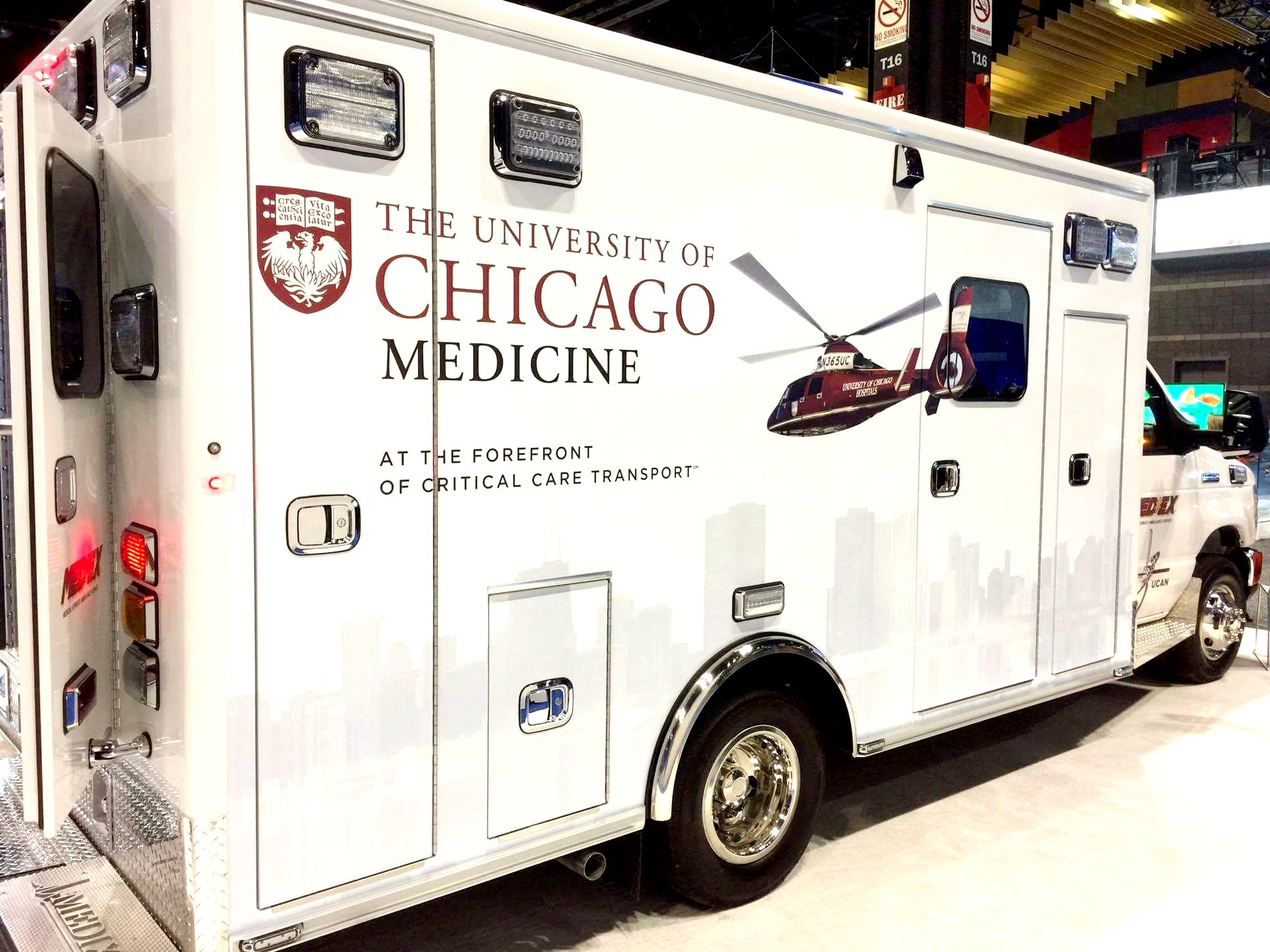UChicago Trauma Relief
 https://flic.kr/p/T8xuZM
https://flic.kr/p/T8xuZM
The new year is bringing much needed medical relief to Chicago’s South Side. At the end of 2017, the University of Chicago opened its new and improved adult emergency room and they are expecting to open their level 1 adult trauma centre, a part of the emergency department, in May 2018. “Level 1” denotes a trauma centre that is the most prepared to treat any and all traumas: they have 24-hour general surgeons, quick access to specialists, and serve large regions.
In the 1980s, UChicago briefly opened an adult trauma center while the city was building its network of trauma centres, but quickly closed the facility due to its extensive loss of funds. This was a huge loss to the South Side of Chicago because at the same time UChicago pulled their trauma centre, so did many other hospitals serving the area. The trauma centres were often serving uninsured patients and the hospitals began losing money, which disincentivised them from keeping the facilities open. Since Michael Reese Hospital closed their trauma unit in 1989, there has been only one trauma centre serving the entire South Side, Christ Hospital in the Oak Lawn suburb.
The return of an adult emergency department to UChicago is the result of a long and sustained movement for a trauma centre on the South Side by Chicago activists. In 2010, the movement grew in reaction to the death of 18 year-old Damian Turner, who was shot a few blocks from UChicago’s hospital, but had to go to Northwestern for trauma care and died in transit. In particular, the group Fearless Leading by the Youth worked relentlessly to pressure the university into re-opening a trauma centre on the South Side.
Stab and gunshot wounds account for about a third of the traumas treated in Chicago’s current trauma centres: they are the primary concern of emergency care in the city. Shootings occur in much higher concentrations on the West and South Sides of Chicago. The West Side has more access to trauma care, not the hyper immediate access of downtown and much of the North side, but their ambulance transport times are generally shorter than the South Side. Due to this, shootings on the South Side more often become fatal because of an absence of immediate trauma care.
Last year, a University of Illinois at Chicago study reported that 16% of gunshot victims in Cook County were not treated in trauma centres, which highlights the gap in healthcare in the county. As a result of the lack of available emergency care on not only the South Side of the city, but the entire county, community hospitals are having to treat gunshot victims that should be receiving care in a trauma centre.
Hopefully, the University of Chicago will be able to fill some of the gap in care to the South Side. As an institution, they have key resources to undertake the project. First, they have the endowment and donor base to cover an extensive expansion. Additionally, they have some of the top specialists in the country, so not just the immediate trauma care, but also the after-trauma care that patients will receive at UChicago will save lives and quicken recoveries. Given these comprehensive resources, UChicago should have taken on this responsibility to the South Side a long time ago, but better late than never.
Although the opening of the UChicago trauma centre will not address the entrenched, historical causes of violence on the South Side – including housing discrimination, lack of educational resources, and lack of jobs – it will hopefully be able to save lives by bringing trauma care into closer proximity.
Edited by Benjamin Aloi
